I’m at that point in my journey where I understand the macro side of Bitcoin. I’m now tunnel visioning into the technical side. This is what I’ve gathered.
Techy Gurus - please correct/fill any gaps please.
When Bitcoin started in 2009, there 2 players in the game: 1) Wallets & Nodes 2) Miners
The dance starts with Wallets and Nodes. A software called “Bitcoin Core” was released that had a node and a wallet built in. The node part of the software connected to other computers running Bitcoin Core (similar to music sharing software like Limewire, Kazaa, Napster). It connected to those computers so it can download the Excel Spreadsheet of every transaction that has ever occurred since its transaction. Once your node downloads every transaction and has the up to date excel sheet on your computer, your wallet can now make transactions if you choose to send your bitcoin to anyone else. Your Bitcoin Core wallet is talking to your Bitcoin Core node to give you the latest information on your wallet: balance.
The next step in the dance is for you to send your bitcoin from your wallet to someone else. Think of it like a paper check. You initiate a transaction in your wallet saying you want to send 2 Bitcoin to a specified wallet address. Similarly, you write a check with a specific amount written out to a specified person. And just like you write your signature on the bottom of the check, your wallet uses your 12-24 seed phrase to generate a unique signature to prove the coins in your wallet are yours, and you authorize the sending of this bitcoin. Your wallet sends this signed check (signed transaction) to your node that you are running. And since you are connected to all other nodes as mentioned above, they also receive a copy of this signed transaction.
Eventually, all the nodes in the Bitcoin network are holding your signed transaction in his “Pending” box. The nodes are holding ALL the pending transactions in this pending box. This pending box has a few things that determine what transactions are allowed to clear, and which ones have to continue to wait:
File size, and Fees
File size: The pending transactions are waiting to be selected to be included in a “block”. Each transaction has a file size, let’s say a few kilobytes. Each block can only save 1 megabyte of files (transaction), and a new block is generated every 10 minutes. So if there is 6 megabytes of transactions pending, and it can only clear 1 megabyte at a time, how does the nodes determine which transactions get selected for the next block?
Transaction fees. When you initiated your transaction to send 2 bitcoin, there was a fee built in, that sometimes you can adjust to be higher or lower. All transactions are ordered in chronological order from highest fees to lowest fees. Within those 10 minutes of the batch of tractions to be selected for the next block, you might be “in the next block” as your fees are high enough, or if enough transactions come though with higher fees than yours, you could be pushed down the list and not make it into the next block. The higher your fee, the more likely you’ll be included in the next block. Otherwise, it’s a waiting game.
Now, for the miners:
While the nodes are holding all these pending transactions, miners are doing come crazy complicated math problem to verify your transaction. Think of a miner like a bank teller making sure the signature on your paper check actually came from you. Eventually, 1 miner will verify all the pending transaction, it will show proof by sending it back to all the nodes. Once the node verifies that it is correct, the node will release 6.25 Bitcoin from the Bitcoin Coinbase (not the company, they took the name from this) and send it to the miner that solved and verified the batch of transactions. The new block with these transactions is now created in this excel spreadsheet by all the nodes writing it down in their own personal excel spreadsheet. And the dance starts from the beginning again.
Fast forward, we have more wallets than Bitcoin Core now. We have Trust wallet, ledger wallet, Trezor wallet. When you use these wallets, these wallets still needs to talk to a. Node so it knows what balance to show you. Since these wallets aren’t running a full node like Bitcoin Core, these companies run their own nodes that your wallet can read from. So if you are using Trust wallet, you are reading the excel sheet that the trust wallet node is running. Same with ledger. You are connected to their node to see your balance.
Now with these wallets, it separated the Node and wallet into different categories: 1) Nodes 2) Wallets 3) Miners
This is where the idea of running your own node comes from. Rather than trusting someone else’s node is broadcasting the correct excel spreadsheet to your wallet, run your own node, keep your own copy of the transactions and connect your wallet to it instead of someone else’s node.
I’m winded. Any corrections on the flow is welcomed.
[link] [comments]

You can get bonuses upto $100 FREE BONUS when you:
💰 Install these recommended apps:
💲 SocialGood - 100% Crypto Back on Everyday Shopping
💲 xPortal - The DeFi For The Next Billion
💲 CryptoTab Browser - Lightweight, fast, and ready to mine!
💰 Register on these recommended exchanges:
🟡 Binance🟡 Bitfinex🟡 Bitmart🟡 Bittrex🟡 Bitget
🟡 CoinEx🟡 Crypto.com🟡 Gate.io🟡 Huobi🟡 Kucoin.
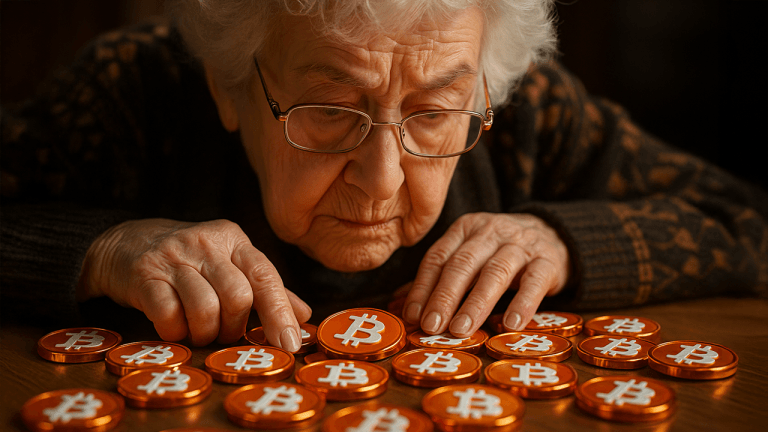
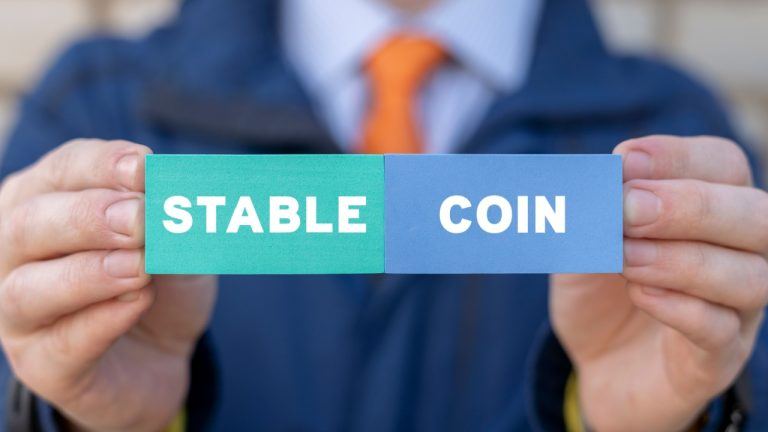
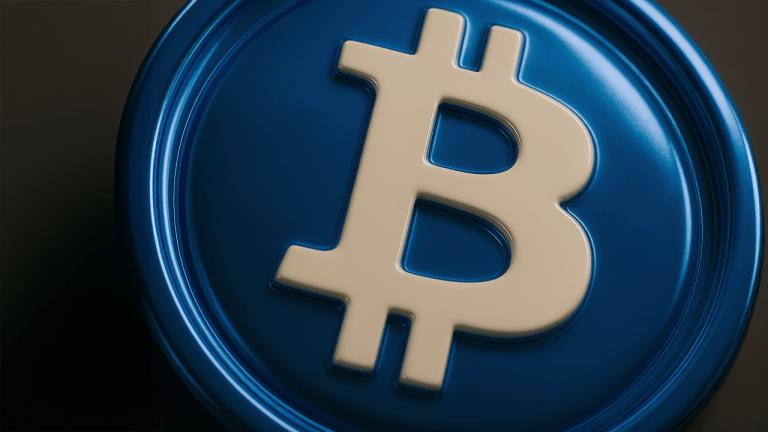






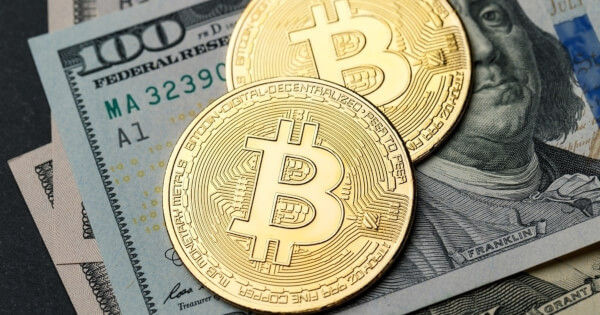
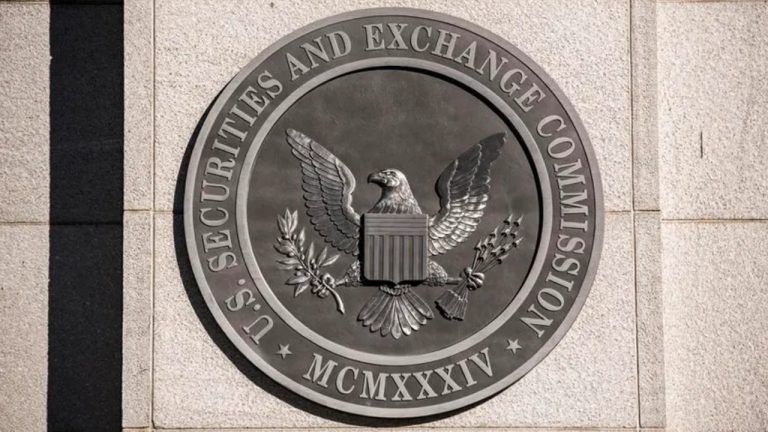
Comments